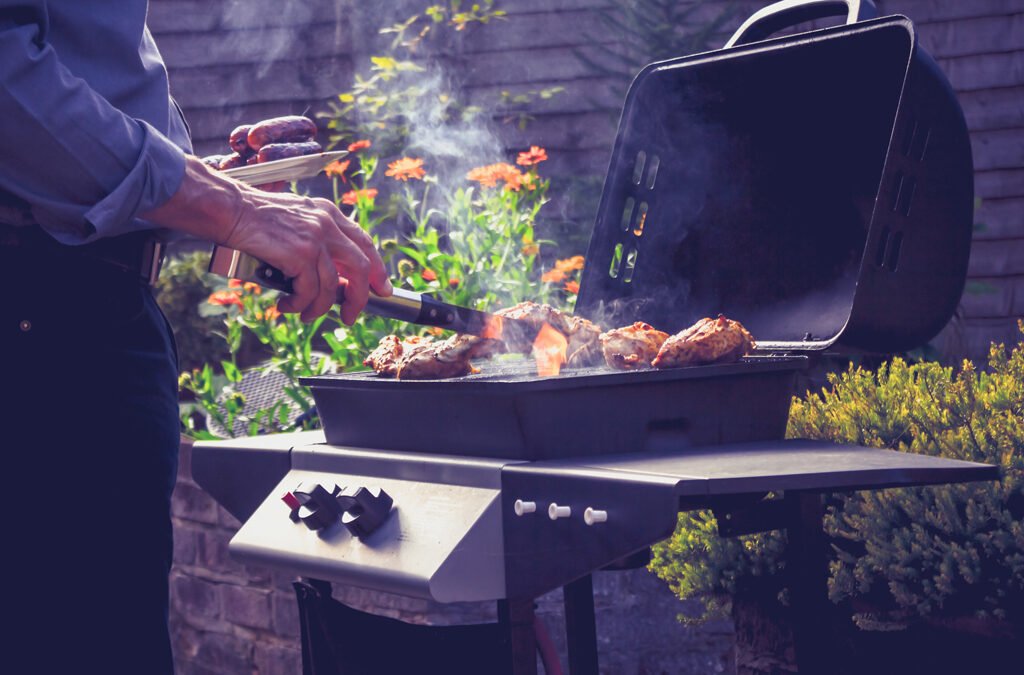Upcoming Changes with regards to open flames for Homeowners Associations
We are currently experiencing a major shift in the insurance market for community associations, with changes happening swiftly across most carriers. These changes are driven by a decreasing willingness to cover high concentrations of risk, particularly when considering the required reconstruction costs or building limits alongside the realities of aging properties and outdated utilities. Additionally, there’s an increased focus on factors such as combustible construction, heightened perceived risks from catastrophic events like wildfires, insufficient fire protection systems, and vulnerabilities to temperature loss, water leaks, as well as the increased risks associated with vacancies and short-term rentals.
Because many properties are “grandfathered” with their current insurance carrier, they are no longer eligible for new business submissions in most markets. In order for associations to maintain their eligibility with their current provider, they will be reqired to incorporate changes into their standard operating procedures for handling claims and updating the association’s governing documents to include new mandatory protocols aimed at preventing losses and claims.
One of the changes currently being adopted across the industry is a reduced tolerance for open flames on the exterior areas of multi-residential properties. Significant losses from structure fires caused by outdoor cooking grills have prompted this shift. Following the long-established recommendations of the National Fire Protection Association (NFPA) regarding open flames on multi-residential properties, insurers are now enforcing similar restrictions. However, it’s important to note that insurance carriers are not obligated to follow NFPA guidelines, which serve only as a framework. Each carrier will establish its own rules regarding the use of open flames.
Farmers Insurance Company’s renewal requirements

By your renewal in 2025, associations that are responsible for property insurance on residential units or clubhouses must implement and enforce a written policy that prohibits the use of any type of open flame grill, barbeque cooking device, heating device or fire pit on balconies or elevated walkways. The policy must become part of the governing documents, which include the association’s Rules & Regulations per legal opinion. The policy should also prohibit the use of such devices under any overhanging (covered) portion of the structure or within ten feet of a structure. Electric grills are an acceptable alternative. If grills are permitted in the common areas of the property, they should be kept at least ten feet away from buildings and combustible materials including trees and brush. Enforcement of this policy can help to reduce the exposure to a fire loss.
Frequently Asked Questions (FAQ)
Can owners store gas grills in a garage and move them 10 feet away from the building to use?
Are electric smokers an acceptable alternative?
The prohibition against open flame includes any equipment that causes combustion. Electric smokers that utilize a heating element to heat wood chips to the point that they create smoke will be considered a form of combustion and will not be considered an acceptable alternative.
What about "permanently" installed existing fire pits or grills?
At this point, even if the equipment is permanently installed through a permitted process and code compliant, if the equipment is on a balcony, elevated walkway, under an overhang or within 10 feet of the structure, then this would still be a violation of the prohibition. If encountering this situation, we will review it on a case-by-case basis and potentially prepare an exception request with supporting documentation to Farmers Underwriting for consideration.
Are central or community grilling areas acceptable?
Yes. Community grilling areas more than 10 feet away from the building will continue to be acceptable, as will grill usage on ground floor non-combustible patios as long as the equipment has the distance clearance of the required 10 feet. Grilling areas should also have proper clearance from trees and brush. Proper signage and controls on community grilling equipment will be a strong recommendation, such as emergency shut-offs, hours of operation, and/or locked propane controls for approved usage.
For more details please review the following document from the National Fire Protection Association (NFPA)…
If you have any questions about this topic, please contact Goodman & Wallace.

